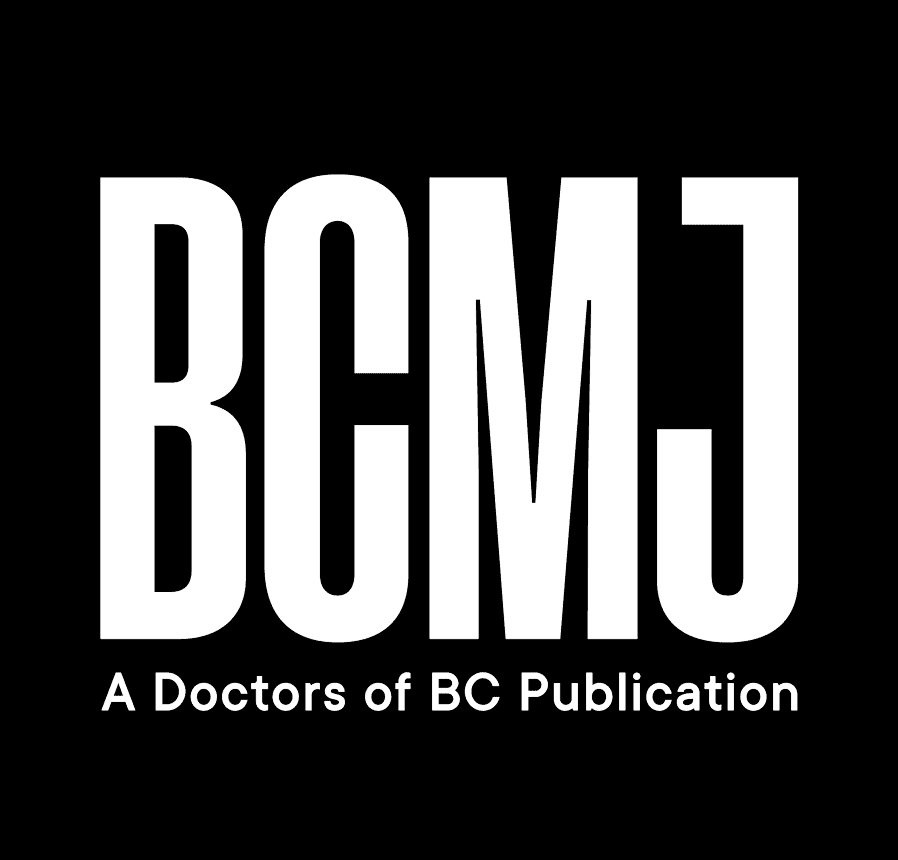An epic voyage
It was on an epic CME Paul Gauguin cruise through the Cook Islands in 2014 where I first came across a very interesting posse of people—a cluster of the BCMJ-ers. A few years later, I happily joined the diverse and incredibly wise BCMJ Editorial Board. Now, after almost a decade of memories, learnings, and camaraderie, and being one of the senior members of the group, I have decided to retire from the Editorial Board, and I’ve been reflecting on the positive impact that being involved with the BCMJ has had on my role as a family physician.
Being an Editorial Board member allowed me to help spread the knowledge that comes to us in many forms: clinical articles, letters, blog posts, student-written articles, essays, artwork, news, obituaries, advertisements, the occasional haiku, and some very interesting rants. As physicians, we are scholars and lifelong learners, and we use this knowledge to educate our patients.
It also made me a better communicator. I recently attended a celebration of life for one of my cherished patients, and I learned more about her in that 1 hour than I had in the 12 years I had known her. I was shocked by this revelation, but then I felt inspired to do better. I now end most of my patient interactions by asking my patients to share an anecdote about themselves. This type of information gathering deepens my relationships with my patients and plays an important role in providing effective and informed health care decisions in the future.
It gave me the opportunity to take in more stimulating reads and explore my creative writing skills. Unfortunately, a lot of my work as a family physician is spent writing sick notes, filling out disability forms, and reviewing endless reports. This time should be spent caring for, diagnosing, and treating patients. As a side note, it appears we are finally seeing the end of routine sick notes. We need to continue to advocate for eliminating the endless administrative burden that is placed on primary care providers, as this is a possible deterrent in recruiting new family physicians.
The camaraderie of the BCMJ group has also encouraged my collaboration with health professionals in my community. As a solo family physician, I had inadvertently isolated myself from my colleagues. Now I am a regular attendee at many of the events organized by our department of family practice, our division of family practice, and our medical staff association in Kamloops. I am excited to be engaging in an Indigenous cultural safety and humility day of learning with my peers. I am also going to be throwing stones in a doctors versus medical residents curling match in Kamloops, where the residents will be led by a Scotties Tournament of Hearts All-Star! I think focusing on team building and delivering effective team-based care is one of the solutions to our primary care crisis.
I feel honored and thankful to have had this epic experience, and I will maintain the many skills and tools I acquired to advocate for the future of primary care. I also look forward to picking up the monthly BCMJ and cruising through the uplifting and well-crafted articles and stories.
—Jeevyn K. Chahal, MD
hidden
 |
| This work is licensed under a Creative Commons Attribution-NonCommercial-NoDerivatives 4.0 International License. |
